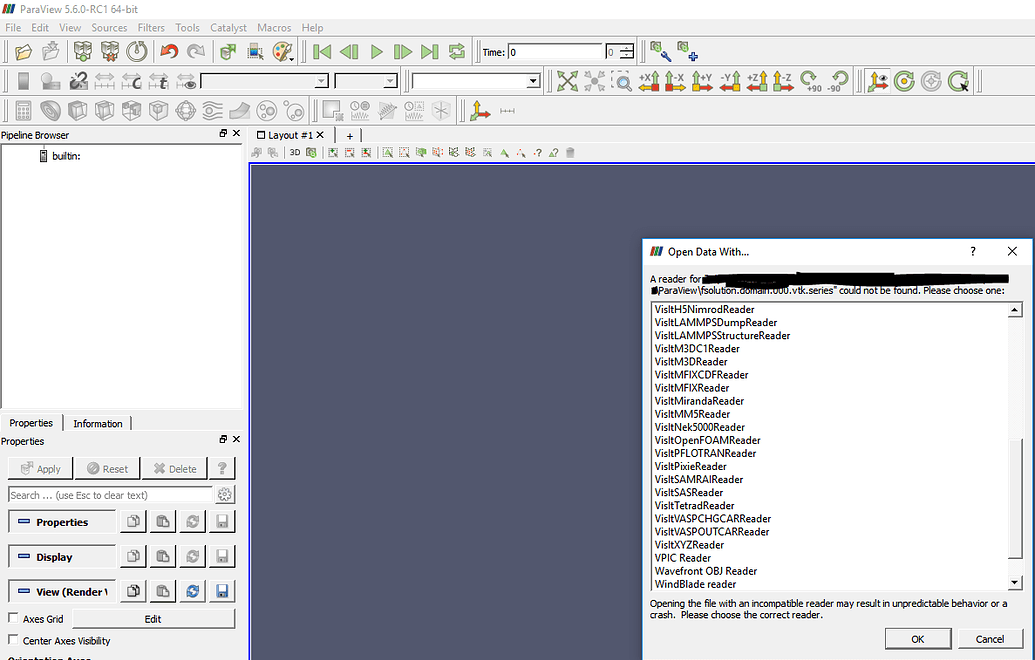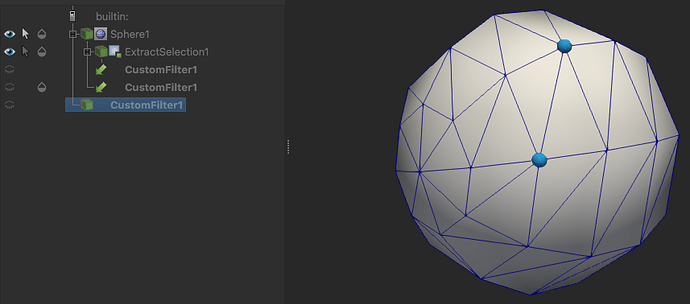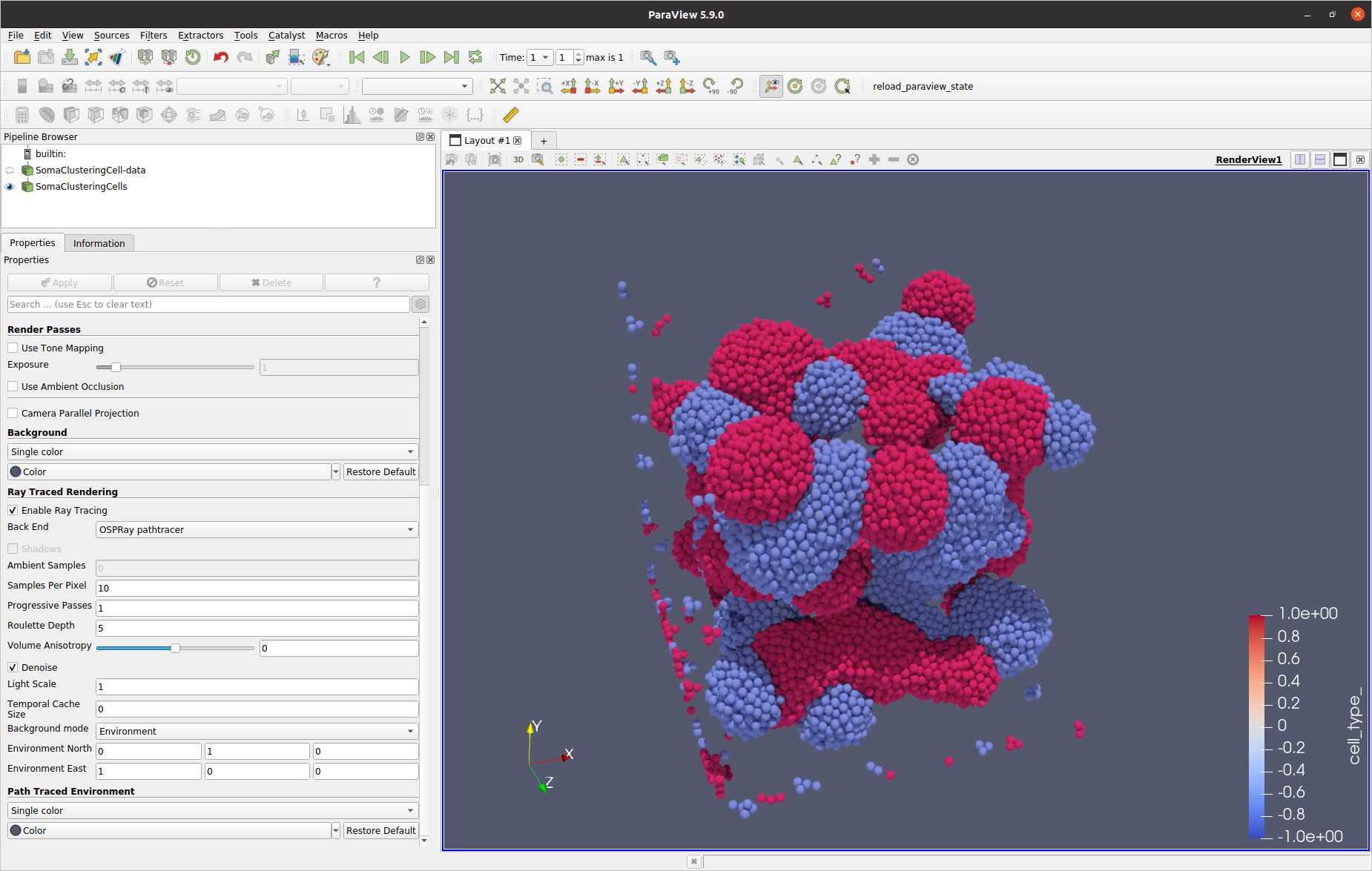

#PARAVIEW MPI CODE#
In our experience getting these optional dependencies built on HPC systems for in situ applications can be challenging since it requires these libraries to match between the simulation code and the ParaView code.ĬATALYST_RENDERING: This is same as CATALYST but also includes other rendering related modules.ĬANONICAL (default): This is the default setting and results in a ParaView build with the standard collection of modules enabled including rendering and optional I/O.

It includes most of standard ParaView modules expect optional I/O libraries like HDF5, CGNS, NetCDF. For most other users including those building in situ Catalyst libraries, the following three editions may be more appropriate.ĬATALYST: This is an edition intended for in situ use-cases without rendering. RENDERING: This is same a CORE but includes additional modules to bring in support for rendering including 3D views, plotting views and representations.ĬORE and RENDERING are intended for advanced users who want to fine tune the modules to enable explicitly. The details are as follows:ĬORE: This is most basic edition that is required to build a package that includes core ParaView functionality necessary for client-server and distributed computing. Standard Editions with v5.8įive standard editions are provided with ParaView 5.8: CORE, RENDERING, CATALYST, CATALYST_RENDERING and CANONICAL. using appropriate PARAVIEW_USE_ settings. Once an edition is chosen, you can enable/disable capabilities such as MPI ( PARAVIEW_USE_MPI), Python ( PARAVIEW_USE_PYTHON), etc. Custom ones can be created by starting with one of these editions and the manually enabling additional modules using the VTK_MODULE_ENABLE_ settings. 5 standard editions are available with ParaView 5.8. An edition is simply a predefined collection of modules. The new VTK/ParaView module system makes it easier to enable/disable modules. No more separate source tarballs for editions.

Simply speaking, a new CMake setting, PARAVIEW_BUILD_EDITION, is now available at configure time that indicates which edition of ParaView to build. With ParaView 5.8, this capability is now back in the form of simply ParaView Editions. To help ease the development process, Catalyst editions were temporarily removed in ParaView 5.7 release. Besides modernizing the CMake build files, an objective was to make it easier to build variants of ParaView for various use-cases. With these challenges in mind, we undertook a major rework of the ParaView / VTK CMake build scripts. Also, generating new editions was a non-trivial task. The Catalyst editions, however, were separate source archives generated from ParaView source using a script.

A small set of Catalyst editions were created. Simply speaking, a Catalyst edition is a subset of ParaView. To address this issue, we created Catalyst editions. needed to match between ParaView and the simulation codes. While those challenges exist even for the standalone application, for in situ use-cases the build-matrix can get fairly involved very quickly since compilers and dependent libraries like MPI, HDF5, netcdf etc. When Catalyst, the ParaView-based in situ analysis and visualization library, was created, it became apparent fairly quickly that one of the challenges with adoption of a ParaView-based library for in situ applications was the complexity of building ParaView.


 0 kommentar(er)
0 kommentar(er)
